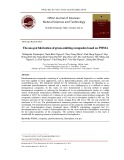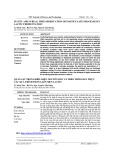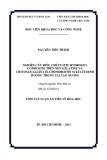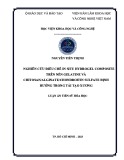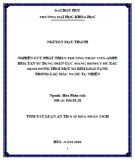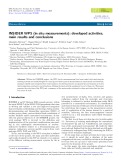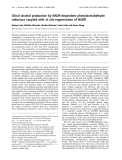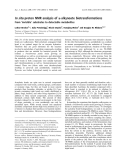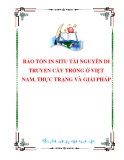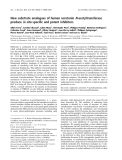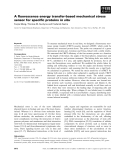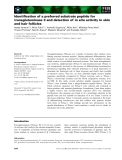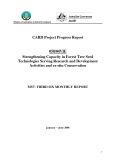
Int.J.Curr.Microbiol.App.Sci (2017) 6(3): 618-630
618
Original Research Article https://doi.org/10.20546/ijcmas.2017.603.072
Status of Medicinal Plants Diversity and Distribution at Rehabilitated
Yamuna and Chambal Ravine land Ecosystems in India
S. Kala1*, H.R. Meena2, I. Rashmi3, M. Prabavathi4, A.K. Singh5 and R.K. Singh6
1Scientist (Forestry), ICAR-IISWC-Research Centre, Kota-324 002, Rajasthan, India
2Scientist (Horticulture), ICAR-IISWC-Research Centre, Kota-324 002, Rajasthan, India
3Scientist (Soils), ICAR-IISWC-Research Centre, Kota-324 002, Rajasthan, India
4Scientist (soils), ICAR-IISWC-Research Centre, Bellary-583101, Karnataka, India
5Principal Scientist (SWC Engg), ICAR-IISWC-Research Centre, Agra-282002,
Uttar Pradesh, India
6Principal Scientist (Soils), ICAR-IISWC-Research Centre, Kota-324 002, Rajasthan, India
*Corresponding author
A B S T R A C T
Introduction
Water is a critical element for reclamation of
degraded lands for sustainable biomass
production, ultimately leading to a better
quality of life and environmental conditions.
Degraded non arable lands cover vast tract in
the country and are major source for
International Journal of Current Microbiology and Applied Sciences
ISSN: 2319-7706 Volume 6 Number 3 (2017) pp. 618-630
Journal homepage: http://www.ijcmas.com
Ravine ecosystems are highly dynamic and completely deformatted terrain landscape. In
these regions, Indigenous plant species are playing significant role in environmental
rehabilitation because of their exultant survival and high adaptation to local conditions.
Despite this, very little information’s available about existence of medicinal plants on the
typical ravine flora. The present study attempted to explore the diversity and distribution
of medicinal plant flora in the Yamuna ravines of Agra (U.P) and Chambal ravines of Kota
district (Rajasthan). An account of 63 species belongs to 37 families were observed in the
rehabilitated ravine areas at Agra. The documented plants were categorized according to
their life form viz., trees (34.92%), shrubs (26.98%), herbs (23.8%), climbers (11.15%)
and grasses (3.18%) were found in the representative blocks. The present study reveals that
the distributions of species were mainly belong to the families of Euphorbiaceae,
Apocynaceae, Solanaceae and Caesalpiniaceae. At Chambal ravines, 106 species observed
and it represents 54 families of plant kingdom with dominant families of Euphorbiaceae,
Fabaceae, Asteraceae, Solanaceae and Amaranthaceae. Documented plants were
categorized according to their life form viz., herbs (42.5%), trees (23.6%), shrubs (21.6%),
climbers (10.4%) and grasses (2%) were found in the representative blocks. It directly
indicates rich plant biodiversity of Chambal ravines over Yamuna ravines. The
documented indigenous plant species naturally have high drought tolerance capacity and
ability to grow under harsh environment. The maximum revival of native flora in these
rehabilitated ravines through rehabilitation, protection and other soil conservation
measures. Urgent attention towards documentation, conservation, sustainable utilization
and awareness creation are needed to protect indigenous medicinal flora by appropriate in-
situ and ex-situ conservation measures.
K e y w o r d s
Ravines,
Diversity,
Rehabilitation,
In-situ, Ex-situ
Conservation.
Accepted:
10 February 2017
Available Online:
10 March 2017
Article Info







